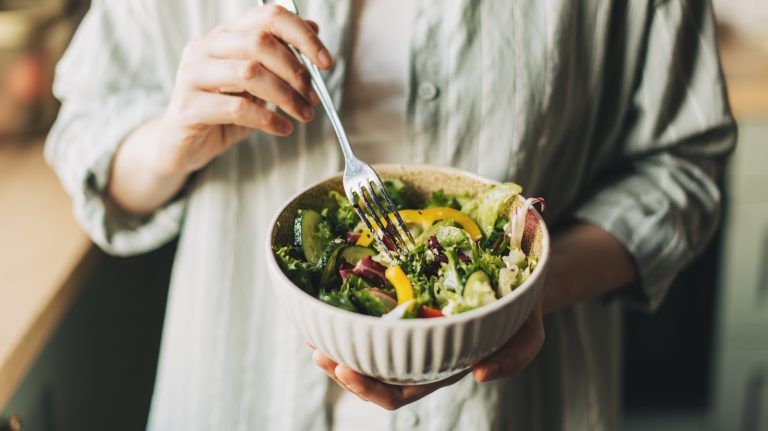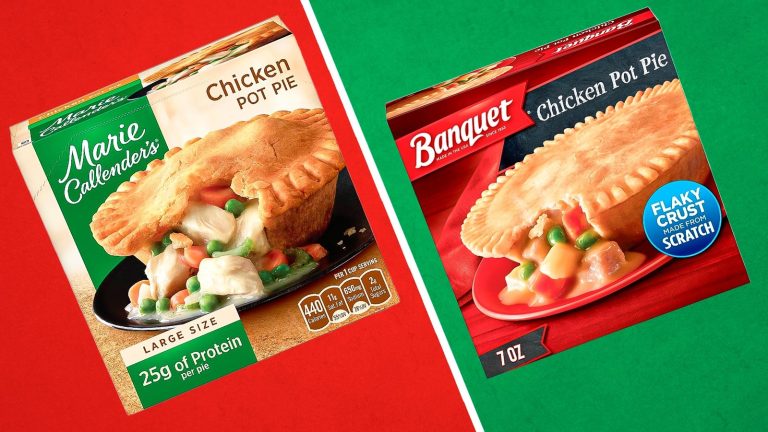We may receive a commission on purchases made from links.
Entry-level drinkers ask fundamental questions, like “Does coffee actually expire?” But after probing the existential queries, pinching pennies, and scraping (or not scraping) glass jar bottoms, it’s time to go deeper. For coffee connoisseurs, the peak flavor window is serious food for thought. Forget basic considerations like shelf life; this period is when flavor is actually at its best, not just safe to enjoy. And a big reason why that’s so important? It only lasts for two weeks after the beans have been roasted.
The peak point — with the tastiest possible flavor — actually falls at just eight days post-roast. Finding store-bought coffee within that optimal timeframe is a challenge. With that said, the clock doesn’t start immediately. Freshly roasted beans aren’t cup-worthy. Always wait around 48 hours for coffee to bloom, losing the carbon dioxide it accrues during roasting and avoiding foamy results. Understanding off-gassing is just as important as navigating peak flavors; it’s the reason why freshly roasted coffee beans should rest before being ground.
However, once gasless and settled, flavor disappears as fast as it intensifies. The broken-down cell structures release delicious notes, which develop for around a week before gradually dwindling due to oxidation. The shocking part? In just 120 days, the coffee you buy from stores has lost most of its taste. We hate to be the bearers of bad news, but chances are, you’re not enjoying your coffee at its best. It’s a question of timing.
Is peak flavor best achieved through home roasts?
One solution to overcome this (often unbeatable) clock is to roast your beans at home. Truth be told, there are many reasons why it pays to get yourself an at-home coffee roaster. Buying still-green beans is cheaper and allows more customization, all while granting better control over that peak flavor window. For many pre-roasted coffees, weeks go by before they even hit grocery shelves; this approach lets you bite the bullet earlier. It’s the caffeinated equivalent of farm-to-table dining.
To take coffee seriously, purchasing machines like the Fresh Roast automatic roaster or a luxurious NIASIA roaster with a smoke filter (both available on Amazon) might be worthwhile. The case for home roasting is compelling. However, there’s an elephant in the room: not all coffee drinkers want extra faff and upfront investment. Those averse to taking the roasted-at-home route should proactively select products from brands using advanced storage and processing techniques. How quickly the beans are transferred from a roaster to sealed bags matters (for example, Starbucks proudly uses a two-hour window).
Consider using local roasters or online retailers with same-day delivery options to maximize freshness, too. And, if possible, always purchase from vendors offering a roast-to-order approach. This way, you won’t buy beans that have sat around and leaked flavor. Interestingly, peak taste periods can extend to a month when coffee is kept in optimal conditions. It’s worth revisiting the basics; do you really know the best way to store coffee? Or could you be accidentally accelerating its aging process?






